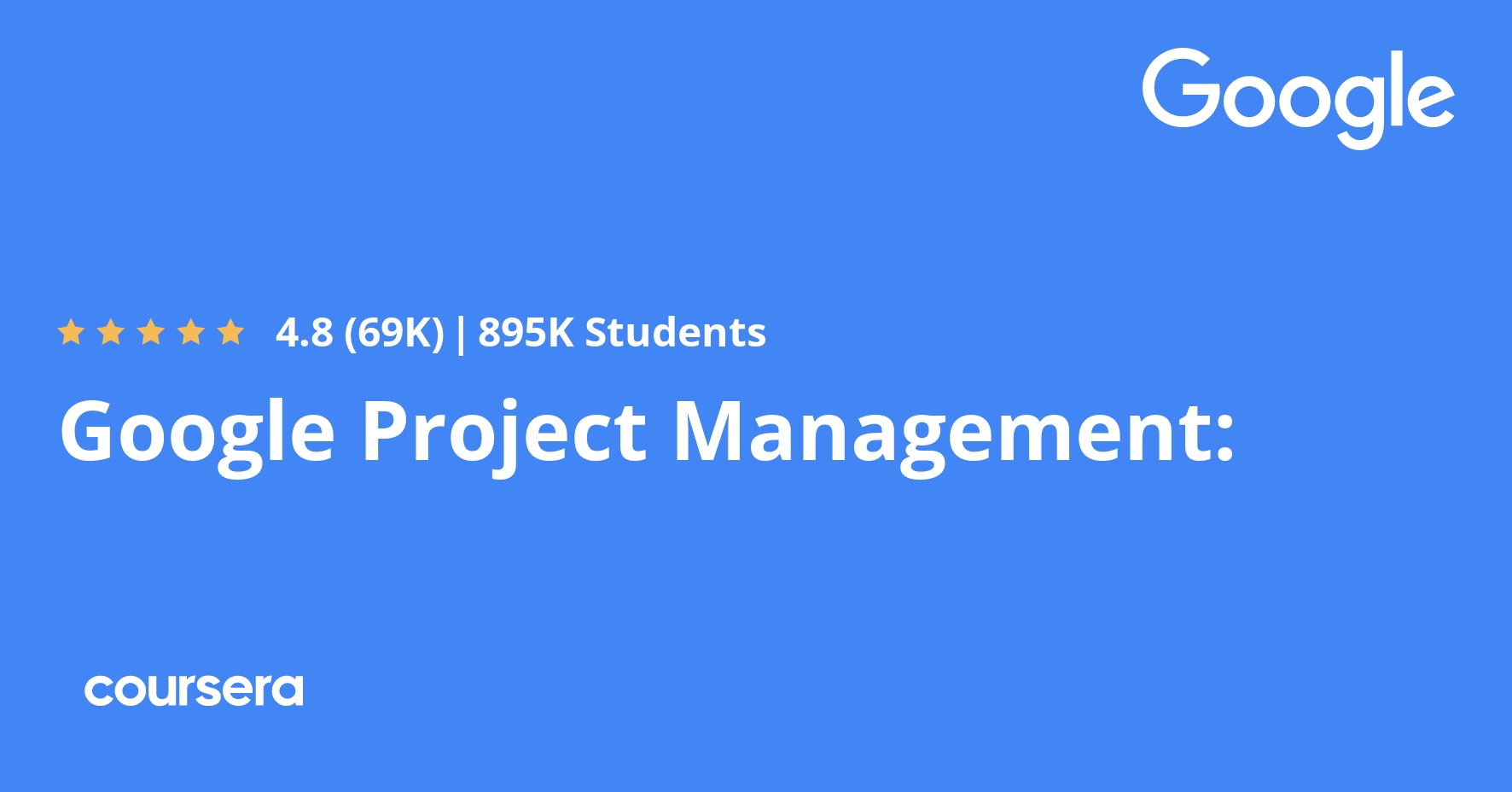Description
In this course you learn to build, refine, extrapolate, and, in some cases, interpret models designed for a single, sequential series. There are three modeling approaches presented. The traditional, Box-Jenkins approach for modeling time series is covered in the first part of the course. This presentation moves students from models for stationary data, or ARMA, to models for trend and seasonality, ARIMA, and concludes with information about specifying transfer function components in an ARIMAX, or time series regression, model. A Bayesian approach to modeling time series is considered next. The basic Bayesian framework is extended to accommodate autoregressive variation in the data as well as dynamic input variable effects. Machine learning algorithms for time series is the third approach. Gradient boosting and recurrent neural network algorithms are particularly well suited for accommodating nonlinear relationships in the data. Examples are provided to build intuition on the effective use of these algorithms.
The course concludes by considering how forecasting precision can be improved by combining the strengths of the different approaches. The final lesson includes demonstrations on creating combined (or ensemble) and hybrid model forecasts.
This course is appropriate for analysts interested in augmenting their machine learning skills with analysis tools that are appropriate for assaying, modifying, modeling, forecasting, and managing data that consist of variables that are collected over time.
This course uses a variety of different software tools. Familiarity with Base SAS, SAS/ETS, SAS/STAT, and SAS Visual Forecasting, as well as open-source tools for sequential data handling and modeling, is helpful but not required. The lessons on Bayesian analysis and machine learning models assume some prior knowledge of these topics. One way that students can acquire this background is by completing these SAS Education courses: Bayesian Analyses Using SAS and Machine Learning Using SAS Viya.
What you will learn
Specialization Overview (Review)
In this module you get an overview of the courses in this specialization and what you can expect.
Course Overview
In this module, you get an idea of the scope of this course and learn to use SAS Viya for Learners to do the practices in the course.
Introduction to Time Series
This module reviews fundamental time series ideas. You learn about the basic components of systematic variation in time series data and some simple model specifications, such as the autoregressive order one and the random walk. You also learn about Exponential smoothing models or ESMs, selecting a champion ESM, and generating forecasts on time series.
ARIMAX Models
This module has four parts. The first part describes traditional models for stationary data: Auto Regressive Moving Average or ARMA models. The second part describes how the ARMA framework is generalized to accommodate trend variation. This involves integration, and results in the ARIMA model. The third part describes how the ARIMA model is adapted to handle seasonal variation in the data. The fourth and final part of the module introduces the dynamic regression or ARIMAX model and describes concepts related to identifying transfer function components and specifying ARIMAX models.






